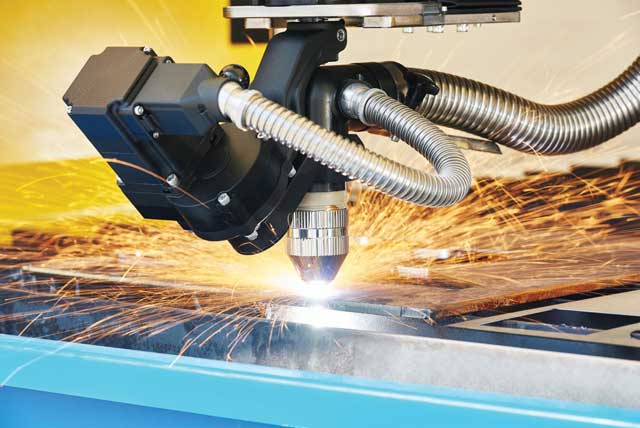 It’s a shocking fact that there are 12,000 deaths every year in the UK resulting from work-related lung disease. There are another 18,000 reported cases of breathing or lung problems caused or made worse by work, including asthma, cancer and chronic obstructive pulmonary disease.
It’s a shocking fact that there are 12,000 deaths every year in the UK resulting from work-related lung disease. There are another 18,000 reported cases of breathing or lung problems caused or made worse by work, including asthma, cancer and chronic obstructive pulmonary disease.
There’s also little doubt that effective fume and dust extraction technology would have prevented the suffering of many of the affected people.
Businesses have had a legal obligation for many years to provide safe a working environment for the people they employ, but the Health & Safety Executive is now taking a much more active approach, making the prevention of work-related lung disease one of three areas of focus in its recently-launched “Go Home Healthy” initiative.
The campaign signals a change in the approach of the HSE to workplace health. At its core is the re-training of HSE’s 175 roving inspectors to look beyond safety compliance by delving deeper into the health consequences of industrial process control.
For process industries, this means maintaining a fume and dust-free workplace through the removal of solid particles (particulates), liquid droplets (usually aerosols or mists) and vapours or gases by way of an appropriate extraction system.
Typically, emissions are produced through activities such as laser and ink jet coding on food and pharmaceuticals packaging, soldering, welding, laser cutting and engraving, spraying, and hand and mechanised grinding.
Exposure levels to potentially harmful airborne emissions are tightly mandated through the Control of Substances Hazardous to Health (COSHH) regulations and expressed as workplace exposure limits. These limits are presented as time weighted averages for either 15 minutes or eight hours and in both parts per million or mg/m3.
Employers are under a legal obligation to assess the risk to health created by work involving hazardous substances, taking account of any relevant exposure limits. This means looking at the prevention or control of exposure to such substances either by doing away with the process; changing the process (by enclosing it, for example); installing local exhaust ventilation; and, as a last resort, using personal protection equipment.
Beyond associated health risks, dust in particular is the enemy of process-based operations because it can affect productivity significantly by causing contamination to the finished product and by depositing extraneous matter on critical components. This will result in costly downtime, and create additional maintenance and remedial cleaning costs.
The key decision for engineering and health and safety managers is to evaluate the most effective means of extracting airborne emissions, both for the safety of operators and for efficiency.
Typically, these options would include captor hoods, which depend upon a capture velocity in front of a nozzle; receptor hoods, which use the movement of particles or droplets towards the device to capture them; partial enclosures, which extract contaminants typically for hand grinding and finishing; and full enclosures matched to the needs of automated production in, say, laser coding or PCB manufacture.
Filtration technology is also advancing, for example through BOFA’s patented DeepPleat Duo pre-filtration, which uses reverse airflow operation to reduce the velocity of contaminant as it enters the filter chamber. This means that larger particles fall into a steel drop-out chamber, with smaller particles being drawn into the DeepPleat filtration media. The smallest particles pass into the main high efficiency particulate air (HEPA) filter, while vapours and gases are removed via a layer of activated carbon.
The other key element for productivity is extraction system control. BOFA’s iQ platform has introduced performance enhancements, such as independent filter status monitoring, to improve extraction efficiency. This makes sure that filters are changed in a planned way, reducing the risk of downtime and lowering the overall cost of ownership.
Employers in the UK must also make sure that systems are thoroughly inspected and tested at least once every 14 months, with a suitable record kept of the examination and tests for at least five years.

